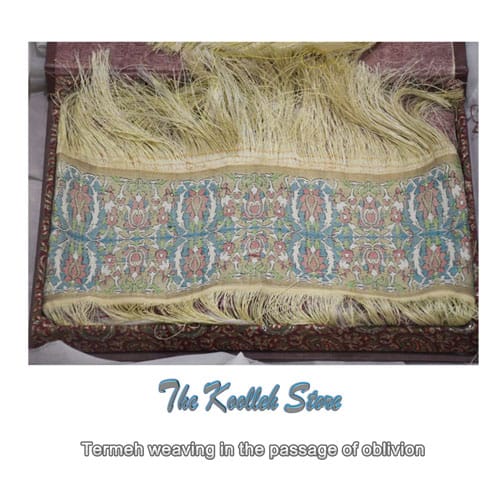Termeh weaving in the passage of oblivion

Termeh weaving is a native art of the cities of Yazd, Kerman and Isfahan that flourished during the Islamic period and evolved during the Safavid period, along with the prosperity of other textiles, such as saffron and velvet. Since the Silk Road passed through the outskirts of the Central Desert and these cities were on this route, the exchange of goods and commodities, the most important of which were textiles and textiles, has been carried out in these areas since ancient times.
The era of Shah Abbas Safavid can be described as the heyday of the Termeh weaving industry, as Shah Abbas invited prominent designers from China and Armenia to Iran to teach modern Iranian art. That’s why Termeh became so popular at the time.
Termeh fabric is a delicate fabric made of two strands of warp and weft, woven by hand in a traditional textile machine, so that the weft on the back of the fabric is loose and the density of the weft is high. It is made of fluff and wool or silk with the main and traditional designs of Iran and has been used to cover the nobles and the rich and to wear luxurious, aristocratic, veiled, vengeful and velvet garments. Today, Termeh is still used as furniture, backing and tablecloths.
Mehdi Shamsali Yeganeh is one of the last surviving professors of Termeh weaving art in Isfahan, who has kept this art alive for more than 50 years.






